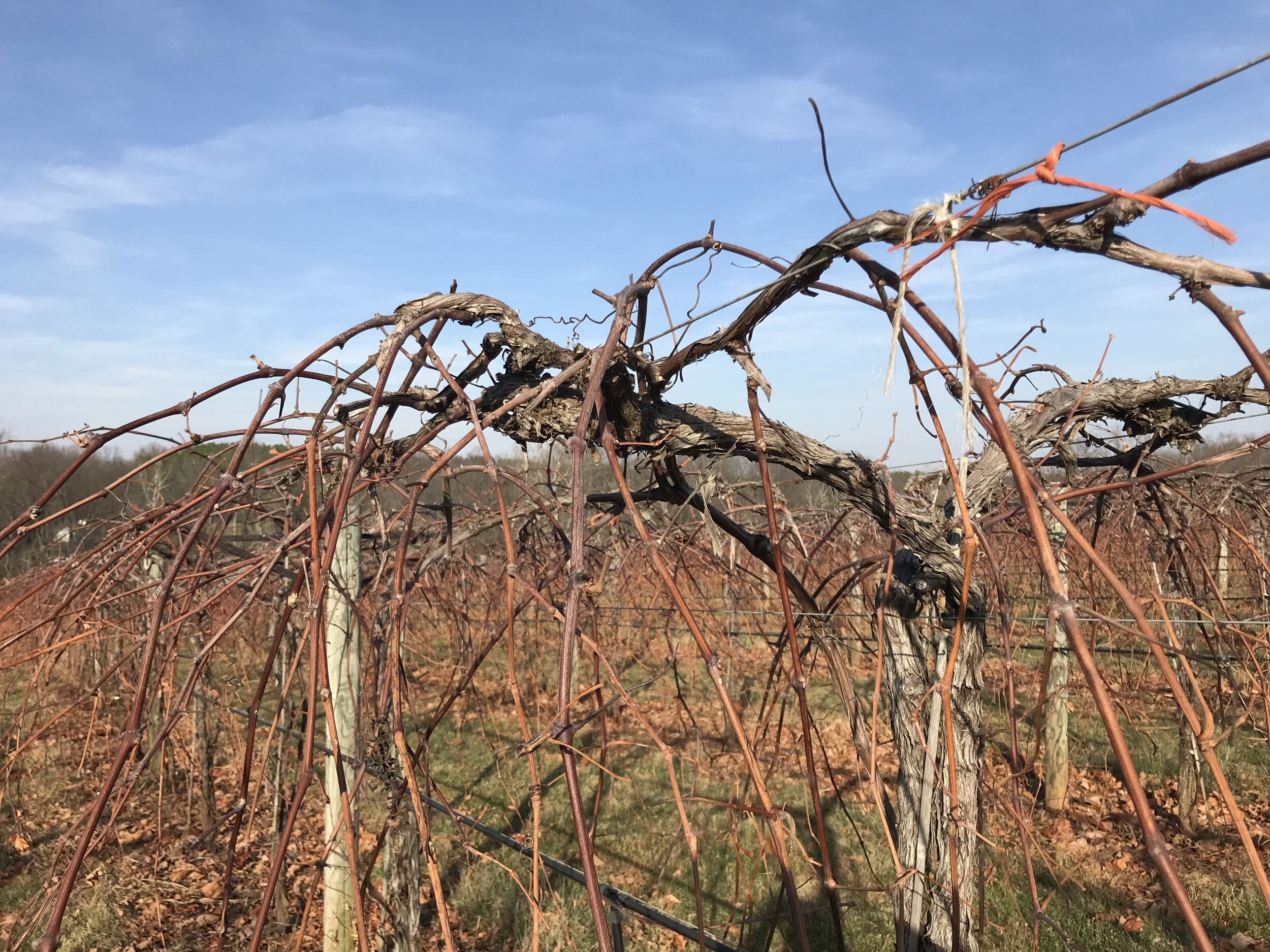The End of the Harvest
Well, harvest is over. All the green leaves have fallen to the ground and the vineyard enters into its yearly slumber before another growing season. As dormancy takes hold of the vineyard, Freddi and I have already begun talking about the focus for the next growing season. We want to take as many elements of the vineyard into account as we possibly can, even down to the very ground that our vines grow in.
One of the most complicated things to think about when one looks at the vineyard is the soil. Not everything can be done with pruners and tractor sprays. In fact, a lot of the behind the scenes work for a vine happens below the surface of the soil. When looking at soil, we must consider two major things, soil pH and nutrients. Soil pH looks at the alkalinity and acidity of the soil. The optimum range for growing grapes is a soil pH of 5.5 to 8. Anything above or below this range leads to reduced yields and potential vine health issues. This can be seen above soil when one looks at the length of shoots. For instance, Norton has so much vigor that shoots will trail along the vineyard floor and if left unchecked, across the entire vineyard. Soil pH changes with time through the erosion, loss of organic matter, and nutrient uptake from plants.
Balancing soil pH is just as important as focusing on exactly what nutrients are in the soil. Vines need nitrogen, potassium, zinc, and boron primarily. These are commonly referred to as macronutrients and are the primary nutrients needed for all plants. Grape vines tend to be a little more needy though and require additional micronutrients such as iron, magnesium, and manganese. In fact, micronutrients vary on a varietal basis. This can be commonly seen in Fer Servadou, as the vine enters dormancy, the edge of its leaves will turn bright red indicating its need for an iron addition. Ironically (pun intended), the French word for iron is “fer”. Norton has a higher requirement for magnesium then other vines, this is essential for “greening” up the leaves to help with fruit ripeness. This is just the “top soil” of the soil science but an essential part of the next growing season.
